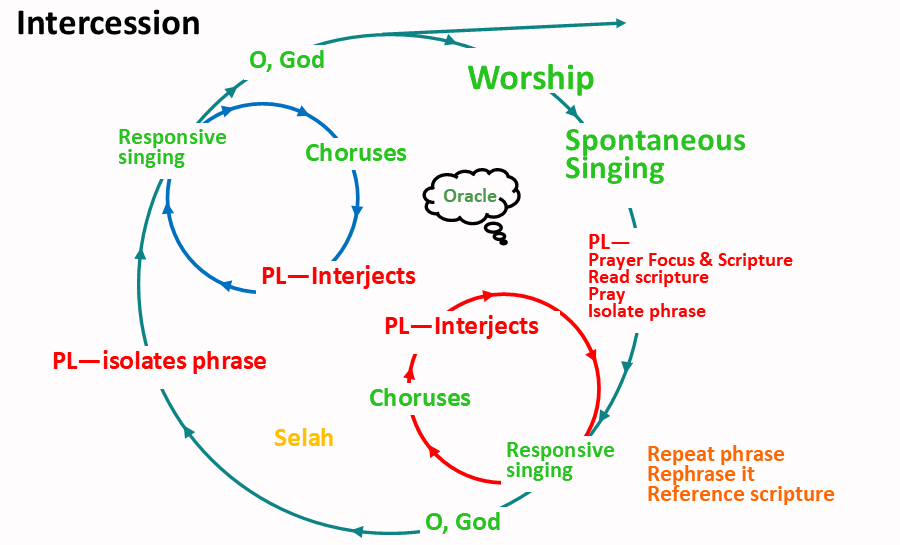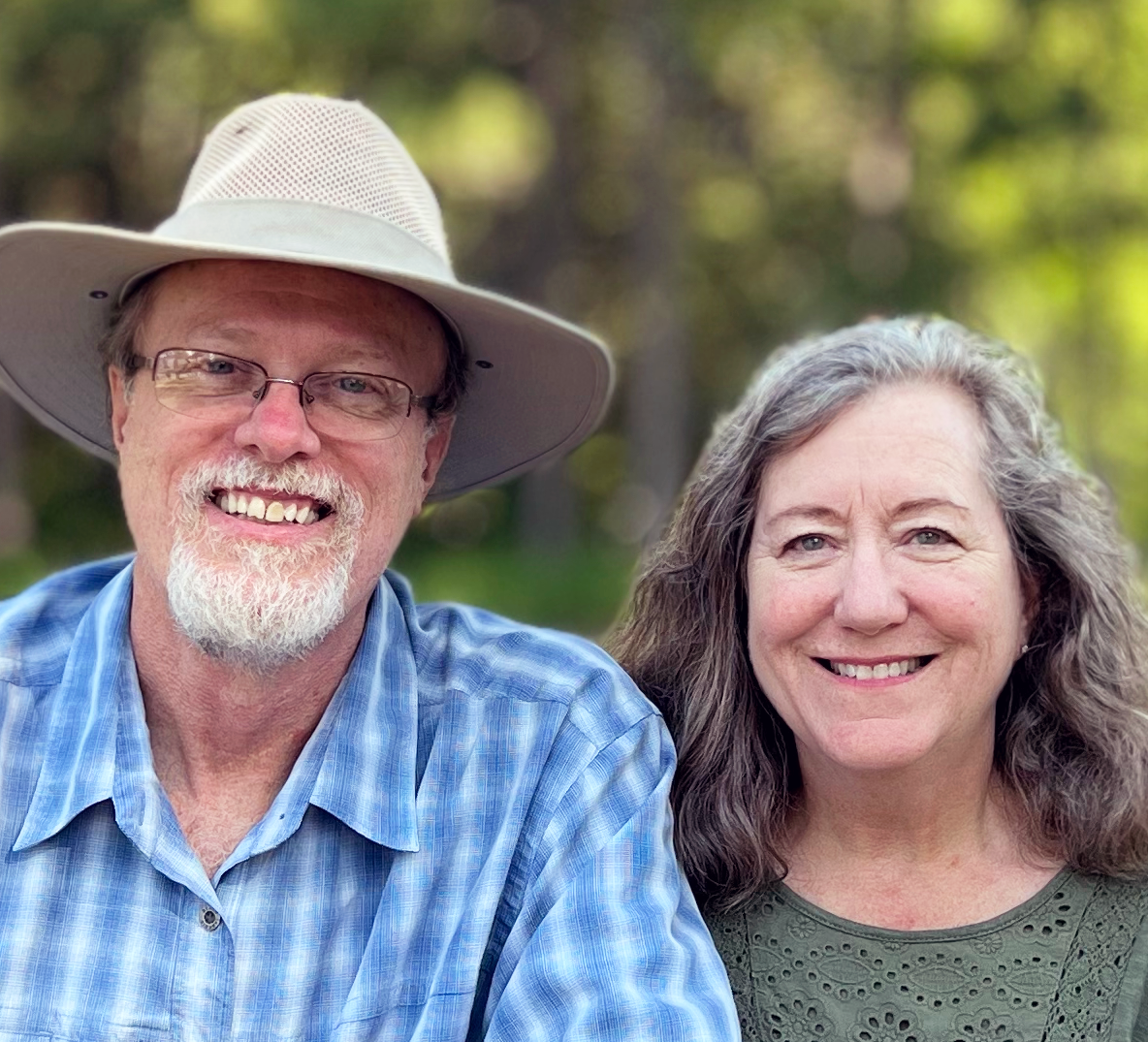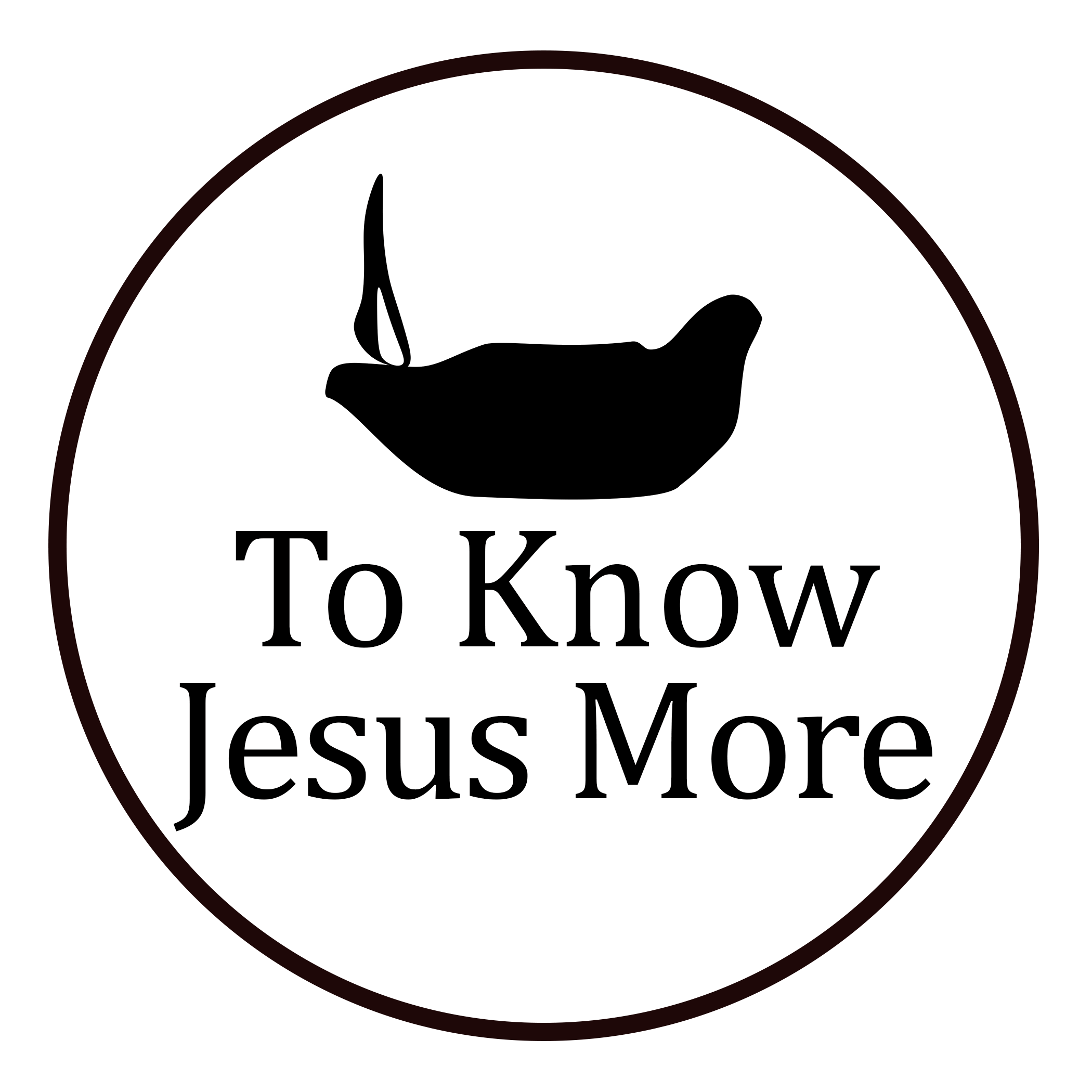A term derived from Revelation 5:8, describing the elders before the throne with harps (representing worship with music) and a bowl of incense (representing the prayers of God's people). It is the basic model of ERHOP's prayer meetings—combining worship (led by worship teams) and prayer (both personal and corporate). As we take time to both worship and pray, we use a model of intercessory worship that has been called "Harp and Bowl".
What is Harp and Bowl?
In Rev. 5:6-8 we are given a glimpse into the activity around the throne in heaven. "...the four living creatures and the twenty-four elders fell down before the Lamb. Each one had a harp and they were holding golden bowls full of incense, which are the prayers of the saints. And they sang a new song:" The "harp" speaks of music and songs of worship directed to God; the "bowl" speaks of intercession. In other words, the worship around the throne incorporates music, songs and prayers flowing together before God. This is the key to enjoyable prayer (Is 56:7).
When the harp (worship music) comes together with the bowl (intercession), then a heavenly dynamic occurs. God determined that the worship music around the throne of God would flow in an interactive relationship with intercession. As worship is joined with prayers that reflect the desires of His heart, God releases agents needed to bring to pass those things that within His heart.
In principle, we are seeking to understand how worship music can flow together with intercession in an interactive relationship like it is in heaven. This unlocks a part of our heart and unifies the praying people, helping us to pray together with one heart.
We are seeking to learn how to flow more freely in the spirit between the singers, musicians and intercessors. Therefore, we want to emphasize responsive singing and antiphonal singers that sing and then answer or echo one another. (Ezra 3:11; Neh. 11:23-24).
So how does this work on earth?
It is our attempt here to reflect what we see happening in heaven. Jesus ever lives to make intercession (Heb. 7:25) and therefore, we, too, want to make "supplications, prayers, intercessions, and giving thanks, for all men" (1 Tim. 2:1) and to sing forth His praises. The scriptures are full of both songs and prayers. It is from the Word of God itself that we want to base our prayers and songs.
In these times of corporate intercessory worship, we endeavor to grow in this model as we come together. This basic structure is simply a framework, like the shell of a huge building. Within this structure, we can build in an unlimited numbers of ways. The inside of the building can be developed to be a factory, a conference center, a business complex, a church, etc. Then each application can be painted, decorated, furnished in an infinite variety of styles and tastes. In the same way, the Harp & Model provides the shell within which we build. There is great freedom within the structure to move and flow and encounter Him in a variety of Holy Spirit driven movements. Just like any good musician or artist, the basic elements are learned. Once mastered, the elements can be creatively combined and displayed to show forth the glory of the Master Artist. Because this is meant to be corporate in nature, the structure gives us the foundation from which we are able to build together. After building the worship and intercession freely, we then know where to come back to square one together and begin again.
The Cycle
1. Worship: We worship for several minutes, focusing our hearts and minds on Jesus.
2. Spontaneous Singing: As we enter into the presence of God, we begin to sing spiritual songs out of our hearts. Sometimes this happens spontaneously, but usually the prayer or worship leader will let you know when it is the time. This could be with words you know or with your heavenly prayer language. (Eph. 5:19)
3. Intercession: The prayer leader reads and prays a scripture, isolating a phrase in the verse that will indicate the theme he or she wants the singers to develop in their antiphonal (responsive) singing. He or she may develop two or three different themes with the singers before going to the top of the cycle again.
4. Antiphonal (responsive) Singing: When the prayer leader reads and prays from that scripture, they then allow time in between the prayers for the singers to respond to what they hear. Sometimes they will echo back exactly what they hear; sometimes they will rephrase the same thought. At times, the singers will begin to sing out a chorus; it will be obvious when this happens. Join in together with them.
We continue in this place of praying with antiphonal singing for about 5-10 minutes and then go back into a worship song and start the cycle all over.
We all contribute to this time. Some are singing, some are playing instruments, some are praying up front, but we are all joining in agreement as praying people. Sing with the choruses that rise up. Seek to be engaged with a spirit of prayer. We'll go further together with God than we'll go alone. When our hearts come into agreement with God's heart concerning anything, amazing things happen!
The cycle for our times of intercession flows like this:

During our times of meditating on Jesus through singing the Word, the cycles flow like this:




